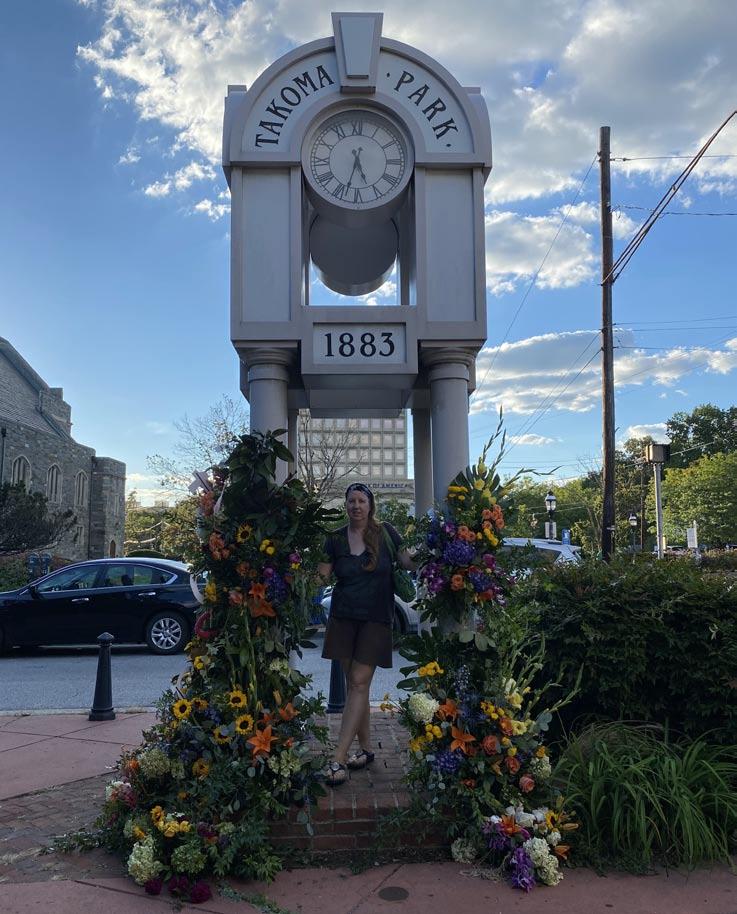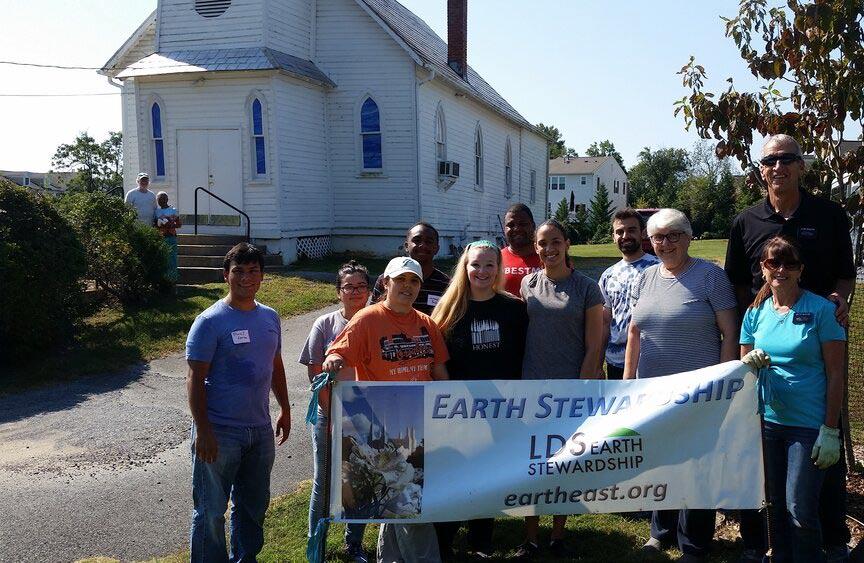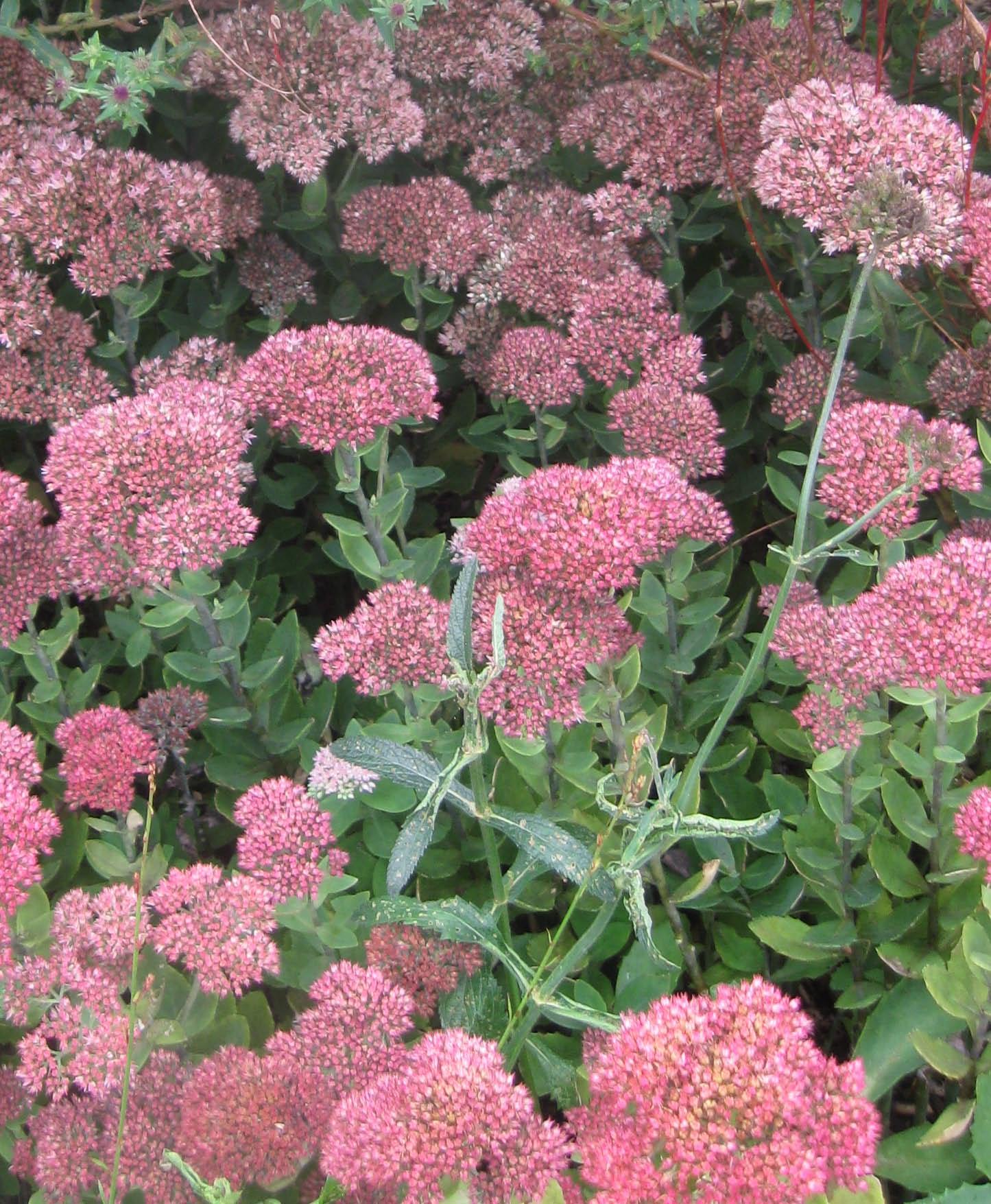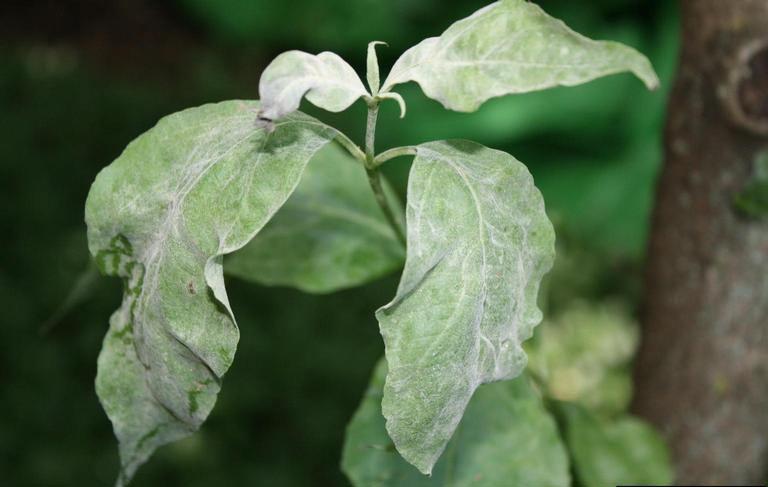
4 minute read
GOINGnative Plant a Woodland Fernery
Create Your Own Woodland Fernery
By Barry Glick
I guess I’d have to attribute my love of woodland gardening to Errol Flynn, swashbuckling Hollywood heartthrob of the golden era. My mother had a serious crush on the daring star and whenever one of his movies was on television, my brother and I were permitted—almost forced—to stay up late and watch. But it was one movie in particular that caught my attention: “The Adventures of Robin Hood”(1938)! Even though we were watching a fuzzy picture on a tiny blackand-white set, complete with a “rabbit ears” antenna festooned with aluminum foil, there was something enchanting about the onscreen Sherwood Forest that called out to me. As soon as I discovered how to use my thumb, my quest to find my own Sherwood Forest began. Flash ahead and here I am in my own Sherwood Forest in Greenbrier County WV, an area acclaimed as one of the most botanically rich areas on Planet Earth. Even if you’re a “townie” on a small city lot or suburban parcel and don’t have acres to play with, you can still create an “island” of forest to enjoy. All you need is a little shade or dappled sunlight. Now, you don’t have to be like me, immediately biting off more than you can chew. Start slow and small, and see how easy it is. The first thing you have to evaluate is the quality of your soil. Is it rich with organic matter? Is it rocky and dry? Is it clay? Is it a struggling lawn in the shade? No matter what it is, it’s pretty easy to amend. If there’s not much organic matter in the soil, you can get bales of peat moss, coconut coir, or bags of leaf compost to mix in. If it’s clay, you can use a gypsum-based product like “Turface” (brand name), which is only a few dollars a bag and eats that clay up. Then you can add dehydrated cow manure for organic matter. If it’s a lawn where you’ve been trying to grow grass in the shade, tear it up. If all this sounds like too much work already, fear not; it’s really pretty quick and easy. If you have a small rototiller, that will make your job even easier. I like the Honda FG-110, it’s small, lightweight, and very easy to use. Not to worry: If you don’t have a rototiller, you can cultivate the soil with a digging fork. Once you’ve prepared your soil, you’ll want to think about your plant palette. Probably the easiest plants to grow in a woodland shade garden are ferns. In this part of the country, we have many, many species of native ferns. Chances are, if you’re a city dweller, you might have friends who are more rural than you are. They most likely have acres of ferns in the woods on their farms and surely would be happy to share some with you. Ferns transplant super-easily and are perfect for the backbone of your new woodland garden. There is also a plethora of mail-order nurseries that have an incredible palette of ferns to choose from, both native and non-native. Should you embrace this undertaking on a grand scale, I suggest you consider an inexpensive auger, which will fit perfectly on your DE Walt 20V, cordless ½” drill. In good soil, you can drill more than 400 holes in an hour. Be careful to hold the drill with both hands: should you encounter a big rock or tree root, it could twist your wrist like a pretzel. Rocky soil? No problem! You don’t have to be a stone mason to dry-lay rocks, whether rounded creek rocks or flat, shale-like rocks. Just stack them up. If you’re on sloping land, stack them on the lower side of your beds—that is, the upper side of your pathway. If you’re working with a small space, you can create your “fernery” in just about any shape imaginable, check out the “wedge” of fern varieties pictured here. This bed prominently features Maiden Hair Fern (Adiantum pedatum), Interrupted Fern (Osmunda regalis), Broad Beech Fern (Phegopteris hexagonoptera), and Sensitive Fern (Onoclea sensibilis), among others. These fern species are all native to the East Coast and very easy to grow. With some recycled railroad ties to stabilize a crumbling slope, a little topsoil, and a good mulch, they naturalized themselves pretty quickly.
This image is a sort of before and after: The right-hand side of the road to the barn is about exactly what I started with on the left side, I just haven’t gotten around to that project yet. o

Barry Glick, a transplanted Philadelphian, has been residing in Greenbrier County, WV, since 1972. His mountaintop garden and nursery is a mecca for gardeners from virtually every country in the world. He writes and lectures extensively about native plants and Hellebores, his two main specialties, and welcomes visitors with advance notice. He can be reached at barry@sunfarm.com, www. sunfarm.com, or 304.497.2208.





